You’ve planned where you are going to stay, what to do and maybe which walks to take – but this post has all those little practical tips and tricks which will save you time and help you get ready to make your Lake District adventure run a little more smoothly.
Here are 12 things to know before visiting the Lake District
1.The weather can be very changeable – bring lots of layers and a raincoat
Even in summer, the temperature can be unseasonably cool. The Lake District is regularly a couple of degrees lower than the south of England and London so make sure you a prepared for potential sunshine and showers on the same day!
2. Bring comfortable footwear
If you plan to do any sort of walking or hiking, make sure you bring decent, sturdy and well-gripped footwear. Even short walks can have a variety of terrain from rocky and uneven to boggy paths following a few days of famous Lakeland rain.
3. Don’t rely on Google maps for hikes – instead download the OS app and become familiar with reading a paper map
Google maps may give you footpaths for shorter, well-trodden walks but it is not suitable for longer hill walks. Invest in something more robust such as Ordnance Survey maps either in paper or digital form.
Ideally, it’s wise to take both just in case your phone battery dies or gets damaged. You can download the Ordnance Survey app for one month at a time (only £2.99) perfect for a shorter trip and it covers all areas of the National Park. The OS website also has loads of great tips on getting started with map reading.
In paper form, the National Park is split over 4 detailed maps so check which area you will need before buying.
You can pick up the maps from independent outdoor or book shops all over the Lake District or order them online before you go
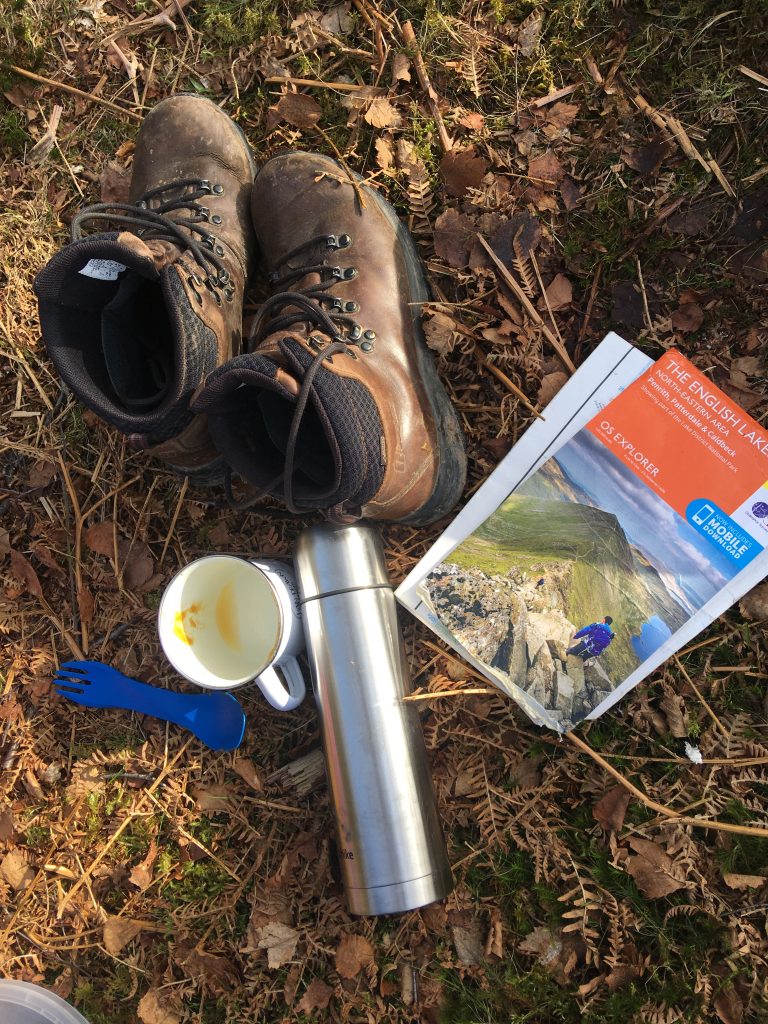
4. Make sure you bring some cash with you
For things like parking, public toilets (many are around 30-50p), plus some shops don’t always take cards in the more rural locations. Ideally, try to get cash before entering the park, as cash machines are limited in the towns and villages and sometimes run out in the height of summer.
5. If you are self catering, it’s worth stopping off in Penrith or Kendal to do a big shop (esp if you are looking for budget supermarkets)
Windermere and Keswick both have decent-sized Booths (which is similar to Waitrose and a dream if you are a foodie but is quite pricey!). There are several small Co-op’s, a Tesco Express in Ambleside and a Sainsburys Local in Windermere but all of these tend to be higher priced than the bigger supermarkets, and stocks can run extremely low in peak season.
Alternatively, if you can afford to do so, try to support independent local food shops such as The Rattle Ghyll Deli in Ambleside, which stocks sourdough bread from Kendal, local cheese, pies and cakes and zero waste refills for pulses, nuts and cereals.
6. Try to see a little more of the Lake District than just Windermere
Windermere is the Lake District’s honey pot – it is usually, the first place people think of when they think of the Lake District. This has led to the area feeling a tad “Disneylandesque” during weekends and holidays, with streams of traffic and people lining the roads.
But there is so much more to the National Park than just Windermere – twelve other lakes, tarns, small hills, big hills, tiny villages – all it takes is a little more exploring.
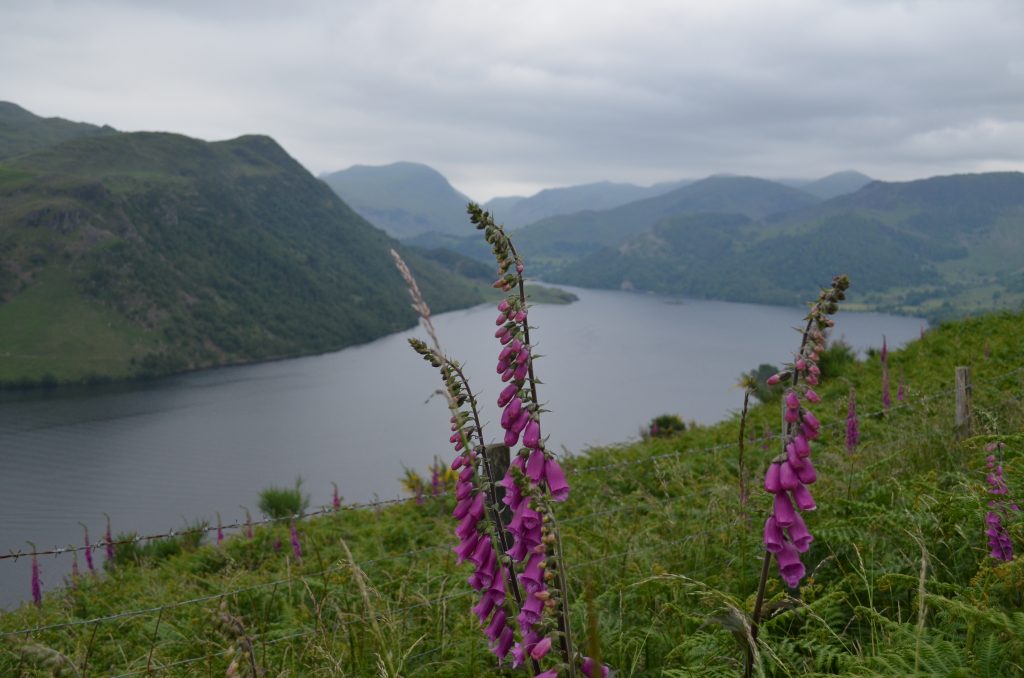
7. Get up early to avoid the crowds
Traffic and parking have become a growing problem over the last few years, with many hot spots becoming crowded even by 10am and the traffic between Kendal and Ambleside often becomes a crawl from late morning.
Head out early if you wish to park in a popular area and avoid being stuck in traffic jams, or consider switching to public transport (see below).
8. Mobile phone coverage in the main towns is good but intermittent in more rural spots
Most mobile phone coverage is fairly reliable in the main towns but can become patchy in more rural spots.
Check the network coverage of your mobile phone provider on their website before you leave, and download any important maps or documents you may need before heading into rural areas.
For drivers
9. Make sure you bring plenty of change for parking
Many spots in more rural areas, such as the Langdale valley only accept cash so keep a small supply as a backup just in case.
10. Pick up a parking disc for short stays in town and villages
In some areas of Cumbria and the Lakes (Ambleside, Windermere, Keswick and Coniston), you will see a sign saying ‘disc parking’ on main roads and side streets.
The discs are free, can be picked up from most shops and hotels, and need to be displayed on your car dashboard when you arrive. Different areas allow different amounts of time – and be careful as they can vary even in the same place.
For example, most of Ambleside allows 1-hour parking, but there are a few sections on the main road where it’s only 30 minutes. Make sure you check carefully, as parking wardens are very common in the area and you will be issued a penalty fine.
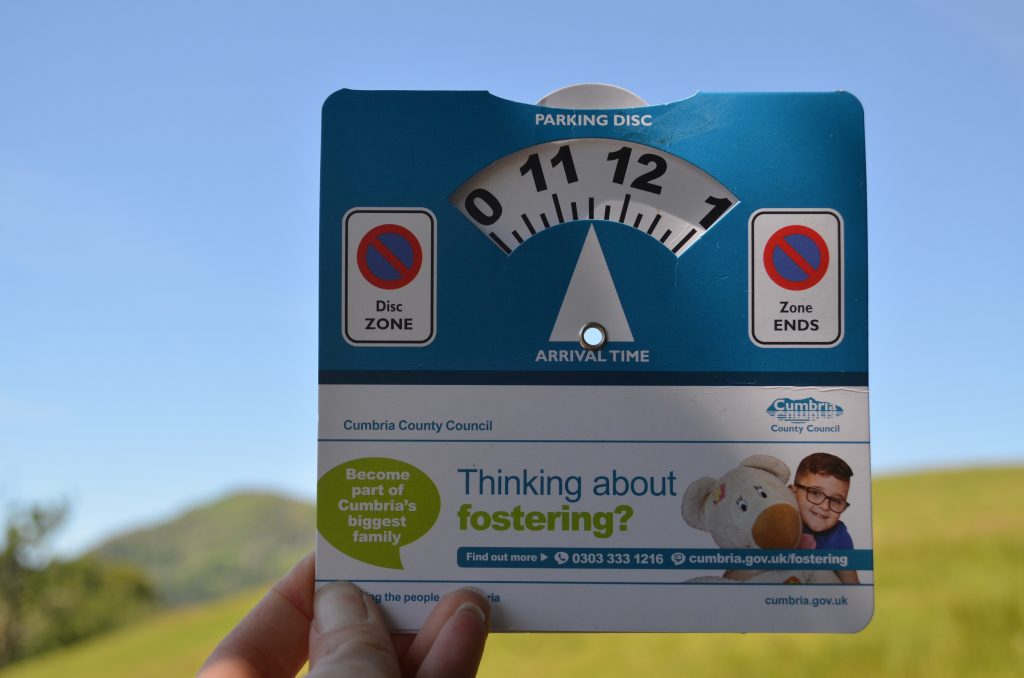
11. It’s surprisingly easy to see a lot of the Lake District by public transport
Instead of fighting for popular parking spots, why not ditch the car and take the bus instead?
You can access many parts of the Lake District (apart from the more remote Western part) by bus, with popular routes running every 20-30mins in peak season.
Day tickets are also available for specific regions of the Lakes so you can hop on or off or even combine your ticket with a boat trip too, making it even cheaper.
Find out more about bus routes and tickets in the Lake District here
12. Leave no trace – follow the Countryside Code
Lastly, please remember to be considerate of others and the environment when visiting the National Park. The increase in tourism has seen a rise in litter; land left damaged and burnt from fires and disposable BBQs, unlawful camping and anti-social behaviour.
Remember, this is also people’s homes and livelihoods and a National Park – enjoy the hills and lakes but leave no trace.
You can find the updated Country Code here and how to get involved with the Lakes Plastic Collective – a great initiative to help keep our National Park clean and enjoyable for all!
I hope you enjoy your time in the Lake District!
Planning an adventure to the Lake District?
Check out these posts to get started
The 12 best cafes in the Lake District
4 of the best independent bookshops in the Lake District
12 things you need to know before visiting the Lake District
When is the best time to visit the Lake District?
Found this post useful? Pin for later
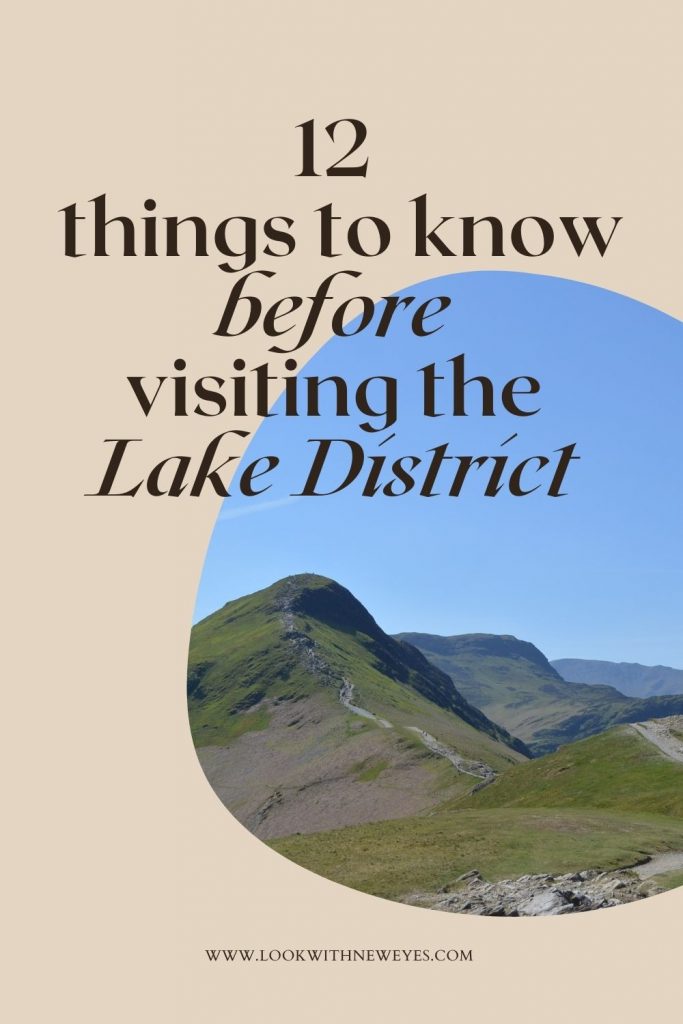
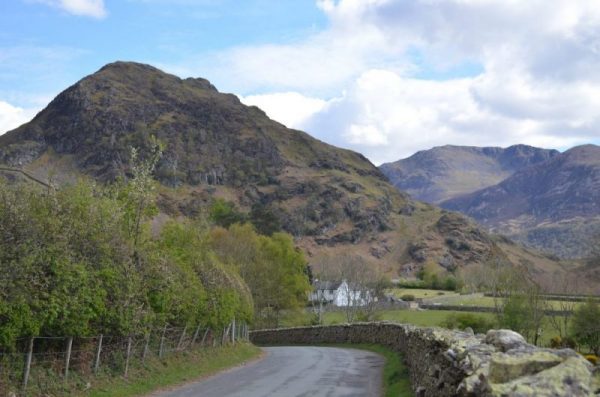
Leave a Reply